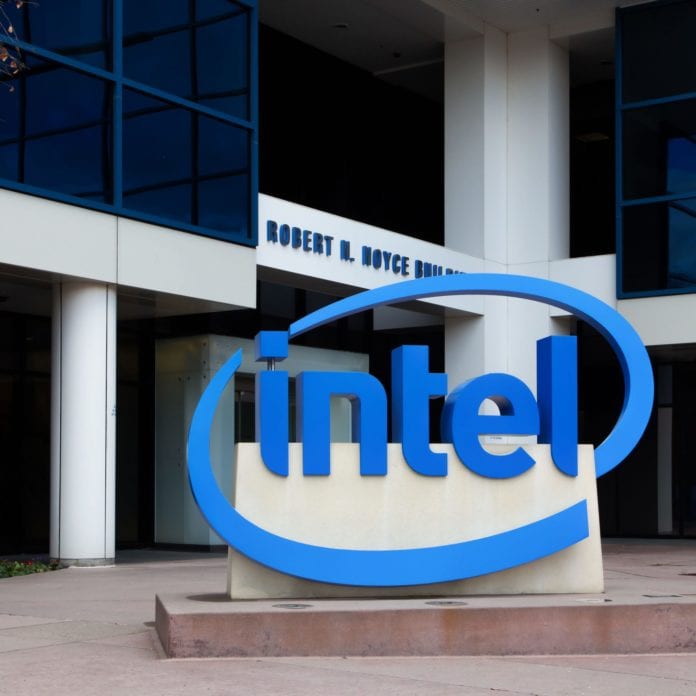Intel announces new Xeon chips
Intel recently premiered a new chip dubbed the Xeon D-2100 processor made for edge computing workloads.
Multi-access edge computing (MEC) is a way of extending cloud computing capabilities to customer devices that require low-latency and high-bandwidth. It has been heralded as a way to help support developing 5G and IoT technologies. With MEC, data is processed near the user device rather being sent to the cloud. The Xeon D-2100 processors are intended to help communication service providers (CSPs) offer MEC, tapping into a range of use cases, from 5G-connected cars to medical solutions, according to the company.
Intel’s Xeon D-2100 processor is a system-on-a-chip (SoC), an integrated circuit that contains various components like compute, storage and memory. As a low-powered SoC, it is designed to conserve power consumption. The company said the chips include as many as 18 “Skylake-server” generation Intel Xeon processor cores, and integrated Intel QuickAssist Technology with up to 100 Gbps of built-in cryptography, decryption and encryption acceleration.
“To seize 5G and new cloud and network opportunities, service providers need to optimize their data center and edge infrastructures to meet the growing demands of bandwidth-hungry end users and their smart and connected devices,” said Sandra Rivera, senior vice president and general manager of the Network Platforms Group at Intel, in a statement. “The Intel Xeon D-2100 processor allows service providers and enterprises to deliver the maximum amount of compute intelligence at the edge or web tier while expending the least power.”
Intel added the chips will support system software updates to protect against the Meltdown and Spectre flaws unveiled last month, which exploit vulnerabilities in processors. The company released patches to address the problem, which were later acknowledged to cause system instability and rebooting issues. Intel recently released a new microcode to address the instability and rebooting problems.
In a company blog post announcing the chip, Jennifer Huffstetler, vice president and general manager of data center product management in the Data Center Group at Intel, underscored the need to extend data center capabilities. “By expanding the capabilities of the data center outward to the network edge, solution providers can process more data closer to endpoint devices, reducing application latency and opening up a whole new world of potential services and experiences.”

